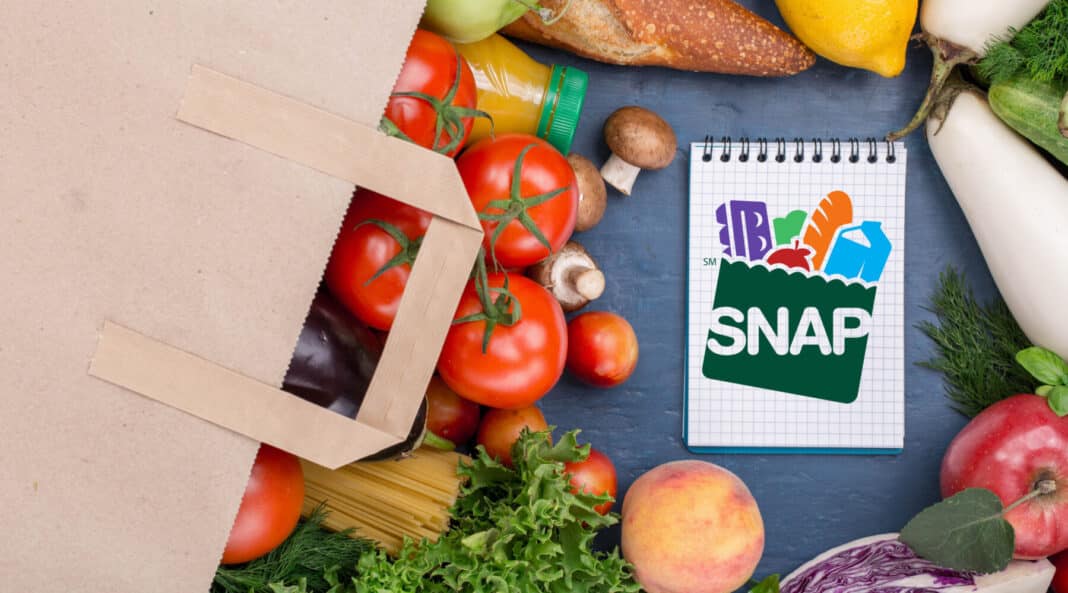On October 1, consumers who are part of the Supplemental Nutrition Assistance Program (SNAP) will receive a record annual 21.03 percent increase in food assistance benefits. Not including additional funds that have been provided as part of pandemic relief, those who qualify will see an increase of $36.24 per person, per month, or $1.19 per day.
That change was made after the USDA conducted a re-evaluation of the Thrifty Food Plan which has been used to calculate benefits since 1975.
As directed by Congress in the 2018 farm bill – and prioritized by President Joe Biden’s January 22 executive order – USDA conducted a data-driven review of the Thrifty Food Plan. The resulting cost adjustment is the first time the purchasing power of the plan has changed since it was first introduced in 1975, reflecting notable shifts in the food marketplace and consumers’ circumstances over the past 45 years.
In its re-evaluation, USDA said it was driven by the latest available data on the four key factors identified in the 2018 farm bill: current food prices, what Americans typically eat, dietary guidance, and the nutrients in food items. For example, the revised plan includes more fish and red and orange vegetables to align with recommendations in the Dietary Guidelines for Americans, 2020-2025. Additionally, the plan was calculated using updated purchasing data – collected from stores versus self-reported by households – to reflect the current price of foods in today’s marketplace. The revised Thrifty Food Plan also includes a modest increase in calories to reflect the latest data and support an active lifestyle.
“A modernized Thrifty Food Plan is more than a commitment to good nutrition – it’s an investment in our nation’s health, economy, and security,” said Agriculture Secretary Tom Vilsack. “Ensuring low-income families have access to a healthy diet helps prevent disease, supports children in the classroom, reduces health care costs, and more. And the additional money families will spend on groceries helps grow the food economy, creating thousands of new jobs along the way.”
The USDA said that the 2021 Thrifty Food Plan puts healthy food in reach for SNAP families. Recent evidence consistently shows that benefit levels are too low to provide for a realistic, healthy diet, even with households contributing their own funds toward groceries. A USDA study published earlier this summer found that nearly nine out of 10 SNAP participants reported facing barriers to achieving a healthy diet, with the most common barrier being the cost of healthy foods. These findings were echoed in listening sessions USDA held with a broad range of Thrifty Food Plan stakeholders.
The news of the SNAP benefit increases was well-received throughout the food industry. The Food Marketing Institute’s (FMI) chief public policy officer and SVP-government relations, Jennifer Hatcher, said: “The grocery industry is proud to partner with the United States Department of Agriculture (USDA) in perhaps the most successful public-private partnership of the last 50 years – distributing food assistance benefits in the most efficient, affordable and safest ways to every community across the country.
“As private partners with the government ensuring efficient redemption of SNAP benefits in every community across the country, retailers look forward to continuing to maintain and build upon the successes of the SNAP program.”
The National Grocer’s Association’s senior director of government relations, Molly Pfaffenroth, said: “Independent community grocers play a critical role in supporting their communities through the public-private partnership of SNAP, which has a positive impact on local economies, as reflected in NGA’s latest economic impact study. The Thrifty Food Plan update announced this week is long overdue and is an important step in providing families with greater access to nutritious food.”


